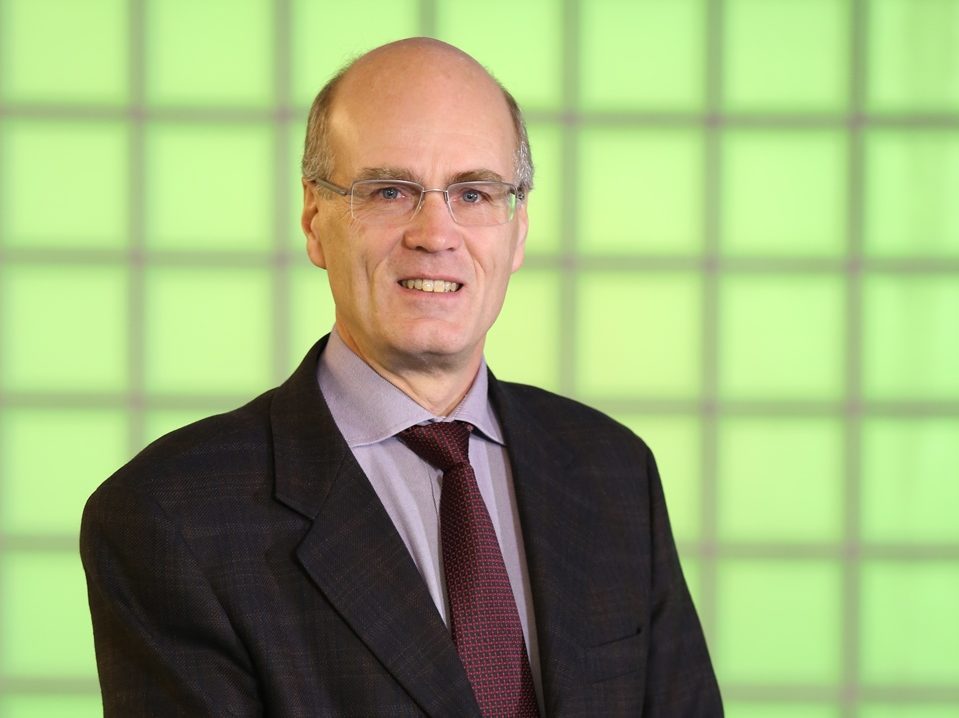BACK TO RESEARCH WITH IMPACT: FNR HIGHLIGHTS
BACK TO RESEARCH WITH IMPACT: FNR HIGHLIGHTS

Surveillance cameras have become a permanent feature in our daily routine. In order to improve the resolution of the acquired images and the results from their automatic analysis, complicated and expensive cameras have always been required until now – More affordable cameras are still limited with regards to automatic detection of flexible and dynamic non-rigid movements.
In the Core-Project FAVE – Fusion Approaches for Visual Systems Enhancement-Security Applications – as part of the SigCom group of Prof. Björn Ottersten, a computer vision team led by the scientist Dr. Djamila Aouada at the Interdisciplinary Centre for Security, Reliability and Trust (SnT) at the University of Luxemburg has selected an entirely new approach. In partnership with the sensor specialists at IEE, the researchers have developed an algorithm that prepares the data from simple and inexpensive 3D cameras in real time in such a way that high-definition images are produced. But it is not only the quality of the image that increases; for the first time non-rigid movements – for example, a hand reaching into a handbag – can be automatically reconstructed with high precision.
Going back in time – picture by picture
An important factor in this success is Aouada’s scientific background as a specialist in image processing and computer vision: “Even in the data of simple cameras, there is more quality hidden there than one realises at first. One just has to analyse it efficiently”, Aouada says. Her approach: Through the calculation of images that have been produced one after the other, interrelations that are not recognisable in the individual image become visible.
An algorithm that provides access to this information was developed by the SnT team in the context of the FAVE Project – the recursive dynamic multi-frame superresolution-algorithm.
“Our algorithm allows to perform a simple local per-pixel tracking where both depth measurements and deformations are dynamically optimised”, explains Dr. Kassem Al Ismaeil, whose PhD dissertation forms essential parts of the project. “This enables us to appreciably increase the resolution and minimise the disruptive effects, i.e. the signal noise.”
With the aid of the algorithm, the team has thus far been able to -process data from a camera in real time. In the next step, images from several cameras shall then be used as well.
Recognise faces, without the identity of the observed person being known
An important aspect in the project is the topic of privacy. The cryptography specialist Dr. Dalia Khader, who recently moved from SnT as Security Information Analyst to the POST Luxemburg, was involved for this reason. With her support, the team was able to have a pattern recognition algorithm work with encrypted data; it is able to recognise faces, without the identity of the observed person being known.
“Authorized individuals receive a notice – and can then determine who is in the image”, says Djamila Aouada.
The new 3D super-resolution algorithm created quite a splash among professional circles and led to publications in high-level technical journals. Moreover, a patent has secured future economic exploitation of the knowledge, and formation of a company is foreseen. The director of SnT, Professor Björn Ottersten was the Principal Investigator in the FAVE Project.
“Björn Ottersten was highly committed to our project’” says Aouada. “We were able to engender huge benefits thereby. And I have learned a lot from him regarding how to structure a large-scale project and to manage the team.”
This success story is from the 2016 FNR Annual Report. View the Annual Report as PDF or digital version
Other success stories from the 2016 FNR Annual Report

